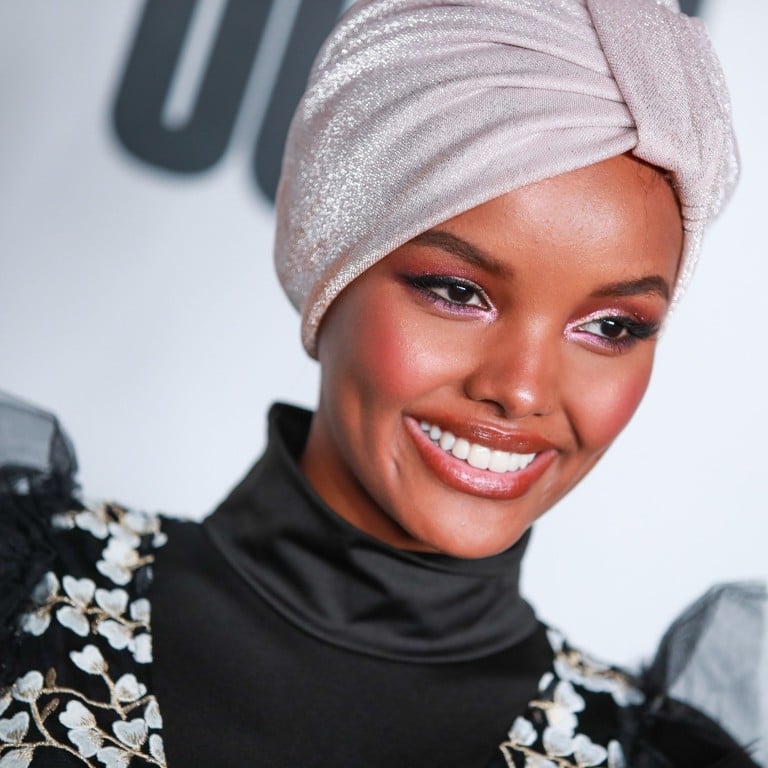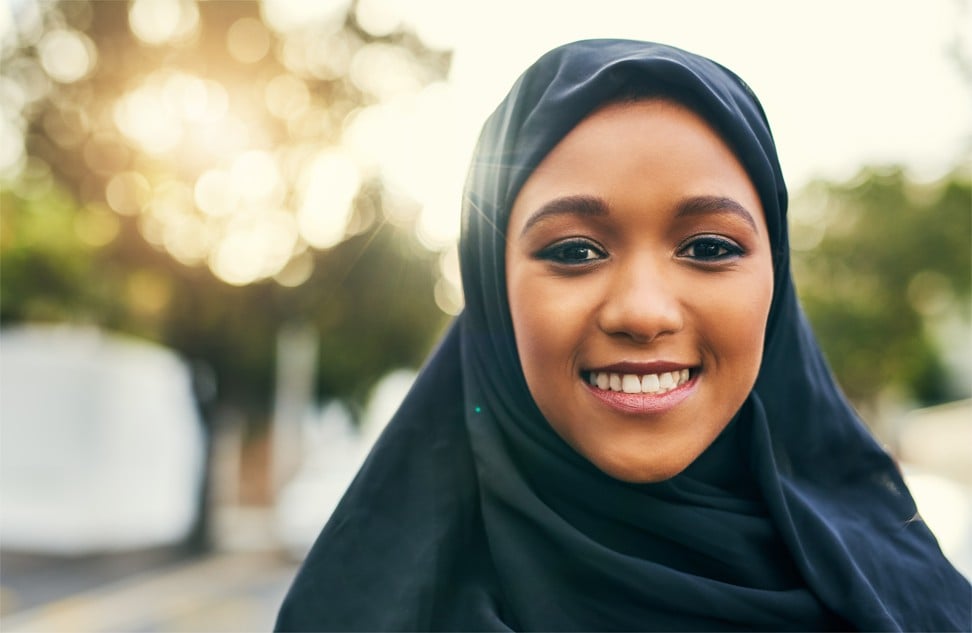What is Gen M and why are brands targeting this market?

Worldwide, a segment of middle-class millennial Muslim consumers, called Generation M, is growing fast. Expected to triple to 900 million consumers by 2030, according to Reuters, this cohort is driving social change and demanding products and services that reflect their faith and modernity. This new wave of trendsetters is welcoming innovation and coming together to change the narrative around Muslim women globally and, ultimately, the face of modesty.
Savvy brands are connecting with this community by fusing Islamic culture with technology and an edgy modern aesthetic. And it’s paying off, with the modest fashion sector estimated to be worth US$44 billion annually.
A key narrative for this cohort is letting go of age-old beliefs that modest clothing cannot be modern. Twenty-five-year-old Shazia Ijaz is seeking to address this with her streetwear brand Seek Refuge.
The label’s bold, unapologetic style filters into oversized, loose-fitting pieces that allow women the freedom to practise different levels of modesty. The young brand has an activist element too, with every dollar spent on a Seek Refuge item contributing to refugee aid programmes.
Ayana Ife is also no stranger to making modesty cool and preaches that modest and sexy are not mutually exclusive.
The Project Runway finalist is now taking the fashion world by storm. Former judge Nina Garcia put it best, explaining that Ife’s strength is that “she’s able to contour her materials to express something about the woman, instead of relying on flesh to make a statement”, a sentiment that appeals to Generation M.
Other brands are turning to handcrafted and personalised products as a way to authentically tap into Generation M’s nuanced and modest values. Luxury abaya brand, Away, offers handcrafted, one-off pieces ranging from US$260 to US$660, while streetwear designer Sarah Elenany, has designed a customisable downloadable pattern for a sports hijab, tapping into Muslim women’s desire to carve their own style identity sustainably while empowering them to shatter the stereotypes that surround their faith.
While Muslim consumers are strongly committed to their faith, “Halal” has moved beyond being a simple product requirement into a lifestyle, with ethics and sustainability at its core. With more than 90 per cent of Muslims stating that their religion affects their consumption habits, according to Ogilvy Noor, brands need to authentically reflect these faith-based values.
Under-Râpt is certainly doing this, operating a transparent supply chain and using only sustainably sourced and eco-friendly fabrics to create its modest athleisure wear, but these examples are few and far between, and an area ripe for brand exploration.
And it’s not only modest fashion that’s being given a makeover thanks to Generation M’s growing influence. Aware of the instant global reach social media and technology can afford, we’re seeing activist Generation M’ers creating platforms to give a voice to this cohort worldwide.

Echoing the rise of Muslim tech equivalents from Netflix (Alchemiya) to Tinder (Muzmatch), fashion brands are creating online destinations to cater to the Generation M fashion crowd. In 2017, The Modist became the first modest fashion e-commerce site of its kind, offering more than 75 luxury brands including Marni, Christopher Kane and Mary Katrantzou. The platform also offers online magazine The Mod, which boasts shoppable content, style advice and interviews with modest fashion players.
Amani Al-Khatahtbeh, the founder of the online magazine Muslimgirl.com – a website she set up from her bedroom in New Jersey when she was just 17 – has also become a key influencer in this space. Unsurprisingly, she is a hot target for brands looking to partner. Muslimgirl.com now receives almost two million unique visitors a year.
As this generation comes of age, it is treading a fine line between its traditional values, luxury trends and technology. Engaged, hungry for innovation and keen to be heard, this powerful cohort is set to challenge traditional notions of fashion, luxury and beyond.
Want more stories like this? Sign up here. Follow STYLE on Facebook, Instagram and Twitter

By fusing Islamic culture with technology and an edgy modern aesthetic, progressive fashion entrepreneurs like Shazia Ijaz and Ayana Ife are tapping a hungry market